Plymouth Fury: Classic metal
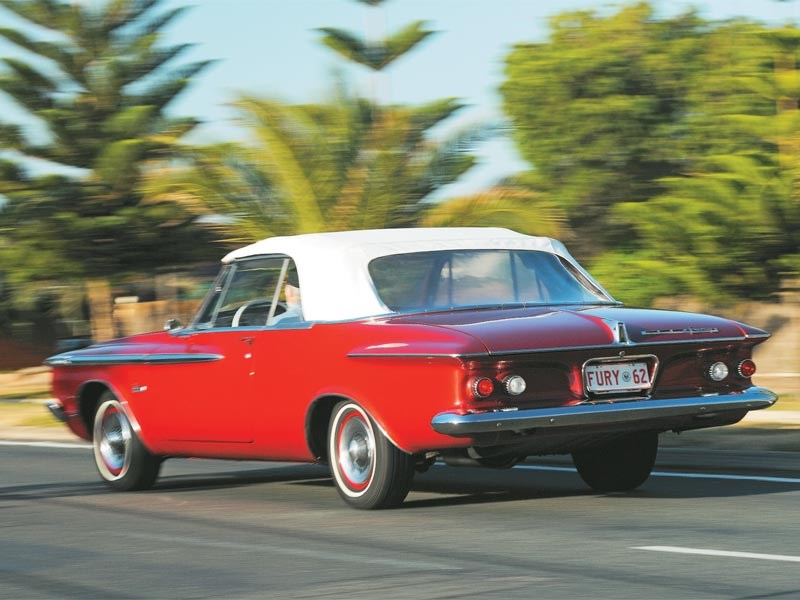 Plymouth Fury
Plymouth Fury

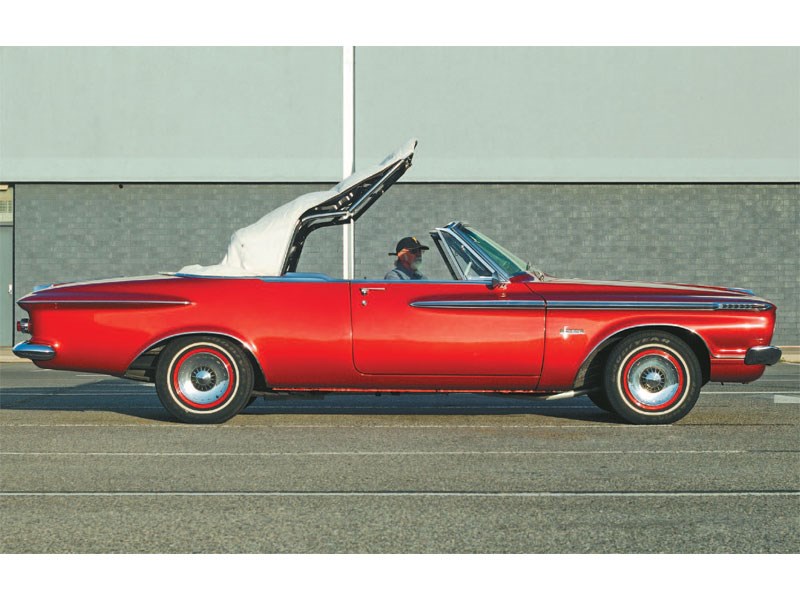 Plymouth Fury
Plymouth Fury

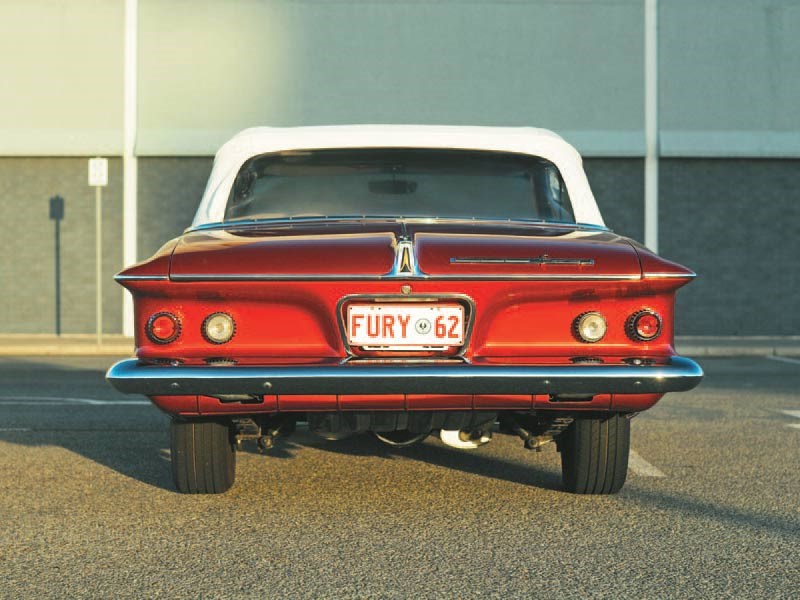 Plymouth Fury
Plymouth Fury

 Plymouth Fury
Plymouth Fury
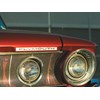
 Plymouth Fury
Plymouth Fury

 Plymouth Fury
Plymouth Fury
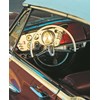
 Plymouth Fury
Plymouth Fury

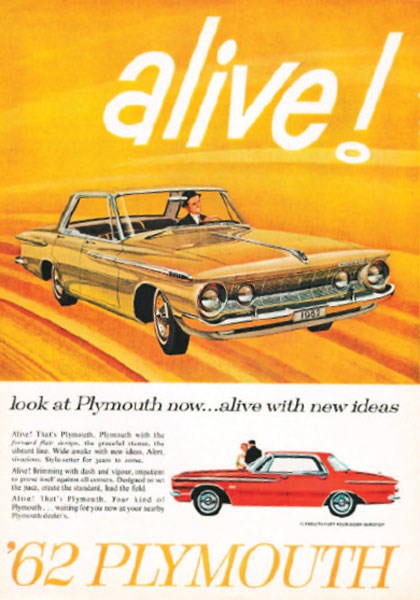 Plymouth Fury
Plymouth Fury


|
|
Plymouth Fury
|

|
|
Plymouth Fury
|

|
|
Plymouth Fury
|

|
|
Plymouth Fury
|

|
|
Plymouth Fury
|

|
|
Plymouth Fury
|

|
|
Plymouth Fury
|

|
|
Plymouth Fury
|
Smooth '62 soft-top cruiser

|
|
Classic metal: Plymouth Fury
|
Plymouth Fury
Many fans lament the loss of the huge fins on late ‘50s Mopars, but the 1962 Fury convertible was a great looking replacement ...
Mention the words Plymouth Fury to most people and they immediately think of the red and white car in Stephen King’s creepy thriller, Christine – the movie about a car not only able to repair herself but take revenge on anybody who dared cross her (it seems strangely old-fashioned to call a car ‘her", but Christine was indisputably female).
Of course, the car in the movie was a 1958 model with towering rear fins, a menacing front grille and huge front and rear bumpers (all the better to crush you with). Knowledgeable fans know that ’58 Plymouth Furys were beige and gold, not red and white, but that’s Hollywood… More engine in less car has always been a potent formula, as Oldsmobile proved in 1949 when it dropped an overhead-valve Cadillac engine into the much lighter Rocket 88. Admittedly, it was slightly smaller – 303 cubic inches against the Caddy’s 331 – and a little less powerful at 135 horsepower, but it was more than enough to take Oldsmobile to the front of the performance pack.
Chrysler upped the ante with its potent Firepower V8. In 1955, the 331 cubic-inch Hemi became the first post-war engine to pass 300 horsepower and established the Chrysler C-300 as an all-time great muscle car. Despite its hefty bulk, it could give many a Corvette driver a hurry-along, even though America’s favourite sports car was equipped with a new overhead-valve V8.
For 1956, Chrysler announced the 300B and Mopar’s other "take no prisoners" team of Dodge D-500, De Soto Adventurer and Plymouth Fury.
The Fury debuted at the Chicago Auto Show in January 1956 and it quickly earned the tag of "the small 300B". Gold accents and egg-shell white paint stood the Fury well apart from the Belvedere, as did a gaping grille with anodised centre section, golden bonnet ornament and gold-anodised side spears running the length of the body.
Under the bonnet lay Plymouth’s ‘Super Hi-Fire’ V8, an engine exclusive to the Fury with gold-painted air cleaners and valve covers and 240hp from 303 cubes. The Fury was one of the fastest US production cars in 1956 and it went even harder with the optional ‘High Performance Group’ pack introduced in March that year.
The Fury carried on for a further two years with minor changes, including the 318ci V8 in 1957 and optional 305hp 350ci ‘Golden Commando’ V8 in 1958 (it was also optional on Plymouth Plaza, Savoy, Belvedere and Suburban).
However, 1959 marked a change of direction for Plymouth. The Fury became a separate model line, with a four-door sedan, hardtop coupe, hardtop sedan and even a station wagon, all adorned with huge tail fins. Spiritual successor to the earlier Fury was the new Sport Fury – available only as a two-door hardtop or convertible. The Fury replaced the Belvedere as second top model. At the end of 1959, the Sport Fury was dropped, only to reappear in 1962.
In 1961, styling changed again, with an odd ‘frowning’ grille and, following market trends, no rear fins. In ’62, Plymouth upset even more loyal customers by downsizing. The new body style (made familiar to Australians as the Dodge Phoenix, based on the Dodge Polara, and with many styling cues carried over to the R- and S-Series Valiants) featured a cleaner, less complicated front end with neatly accentuated lines.
The Sport Fury featured a special interior with bucket seats and central console, full wheel covers, vinyl trim, deluxe steering wheel, partially blacked-out grille and additional taillights. To overcome the optical illusion of stubbiness, a full length belt-moulding spear was later added to counteract the impression created by the flush C-pillar and slab sides.
The new Plymouth, with its fully unitised body and chassis, was 91kg lighter than its predecessor, yet managed to deliver the same interior space. This space was enhanced by the new TorqueFlite transmission, which was smaller and lighter than the predeeding cast-iron unit. Engines were the now-familiar slant-six, two- and four-barrel 318ci V8s and a four-barrel 361. The 383 was dropped but a short-ram 413 came on line later that year. Full-sized Chryslers made a comeback in ’65 and three new Furys were added to the line-up: Fury I, Fury II and Fury III. The Fury name survived until 1989.
Tom Psarombas is a self-confessed Mopar man, although his first car was a bat-wing Chevy when he was just 19 years old. "I got into a mate’s Dodge," he recalls, "and thought to myself, ‘What a car!’" It wasn’t long before he bought his first Dodge, then another, and another. "I finally sold one and bought an XW Falcon but someone wrote that off."
Tom still owns his first Dodge. "I sold a couple but I kept the green one that I’ve had since the old days when I was 21." Then he saw the movie It’s a Mad, Mad, Mad, Mad World and fell in love with the Dodge Polara convertible that featured. The film also featured a 1962 Imperial convertible, a 1962 Plymouth wagon, 1962 Chrysler 300 convertible, 1962 Jeepster, two Plymouth Savoy taxis and Plymouth and Dodge police cars.
"I didn't have the money to buy a genuine convertible so I thought, "Why not cut the roof off?" Tom recalls. "I bought two cars in pieces for about $300 in 1987. I took a piece off the back doors, moved the pillars, lengthened the front doors, made side windows - and created my own."
Tom now owns a genuine Polara convertible and it's amazing how close he came to replicating the real thing without any plans or a genuine car to guide him.
His Fury convertible was bought in 2005 from a Brian Kerry in the US and restoration started in early 2006. The floors had rust and were replaced by Tom's panel beater, Matt Alocca. The lower quarter panels and sills also showed signs of rust so they were cut out and repaired.
"When we applied the chosen paint colour, we found that it didn't cover well and in sunlight you could see right through it," Tom says. "My son James rubbed it back and repainted it using more paint and more clear coat."
The 318 and TorqueFlite were in good running order as the US owner had previously had them reconditioned. Tom replaced all the suspension and brakes. The Fury was retrimmed in maroon/white and the carpets replaced. It was also treated to a new soft top fabricated by Gary Woods. Chrome parts and bumpers were sent to A1 at Lonsdale for rechroming.
Since completion Tom's Fury has attracted a great deal of attention whereever it is shown and has won, in Tom's own words, "a few trophies, including Best Car at the Toop and Toop Victor Harbor Rock and Roll Day in 2009."
Spend more
As with most American cars of the era, the sticker price was only the beginning. The Plymouth Fury could be optioned up with power brakes ($43), power steering ($77), air-conditioning including
heater ($446), cigar lighter ($4), clock ($16), tinted windscreen ($22, or $43 for tinted glass all ‘round) and six-way power seat ($96).
If 318 cubes didn’t float your boat, you could specify the Short Ram V8 413 cubic-inch with dual 4bbl carbies for $545 or go all the way with the 420ci Short Ram engine ($612).
These two engines became available in May 1962 and were mostly aimed at the drag racing set.
I own one
Once Tom Psarombas went for a ride in a mate’s Dodge, he was converted for life. Tom’s panel beating business in Fulham Gardens, SA, is a hive of activity, but patiently waiting attention (or cannibalisation) are a number of Dodges in various hiding places.
In one paint bay there’s a lovely Plymouth Polara convertible undergoing a painstaking restoration in striking orange paintwork.
Tom’s enthusiasm has infected his son, James, who is restoring a 1960 Plymouth convertible (a very rare car in Australia) and stepson, George, who owns a VG Valiant that he is doing up. –
SPECIFICATIONS
1962 Plymouth Fury
Engine: 5208cc V8, OHV, 16v
Power: 169kW @4400rpm
Torque: 460Nm @ 2400rpm
Weight: 1498kg
Gearbox: 3-speed automatic
Brakes: drums (f/r)
Top speed: 195km/h
Price new: US$3082
Unique Cars magazine Value Guides
Sell your car for free right here
Get your monthly fix of news, reviews and stories on the greatest cars and minds in the automotive world.
Subscribe

.jpg)




.jpg)
.png)



